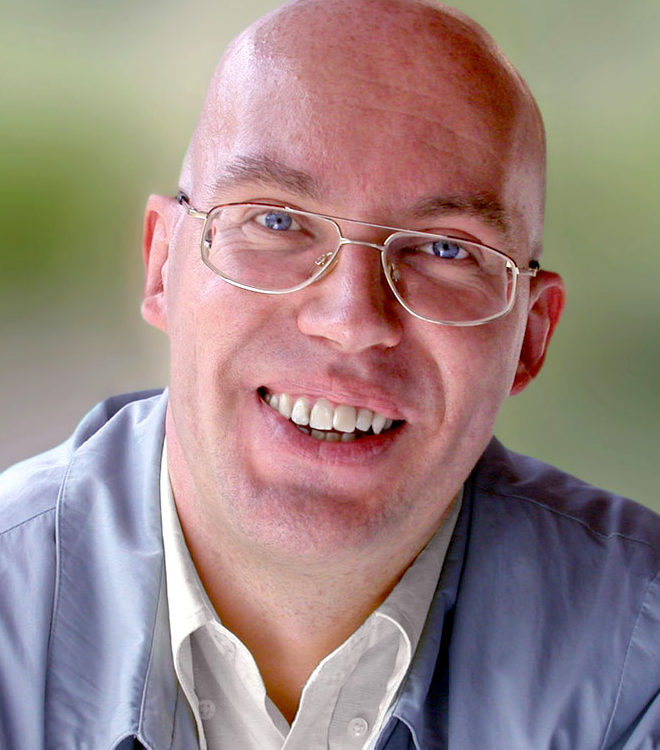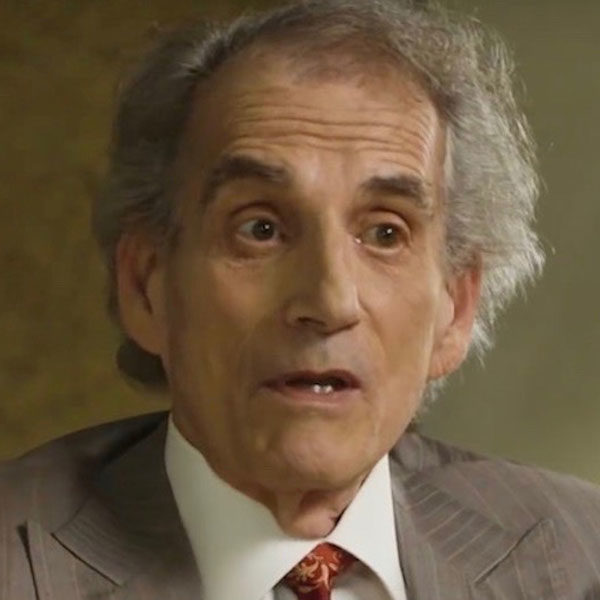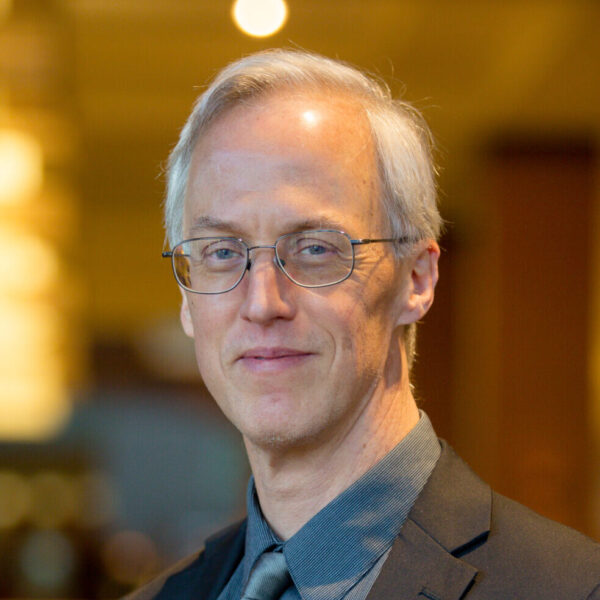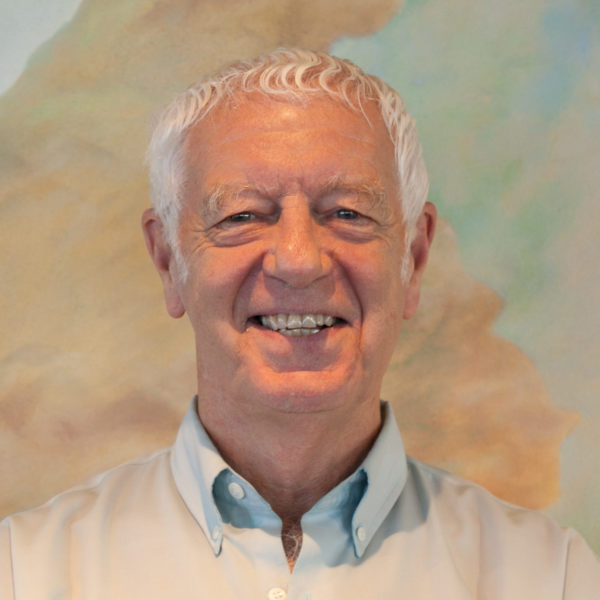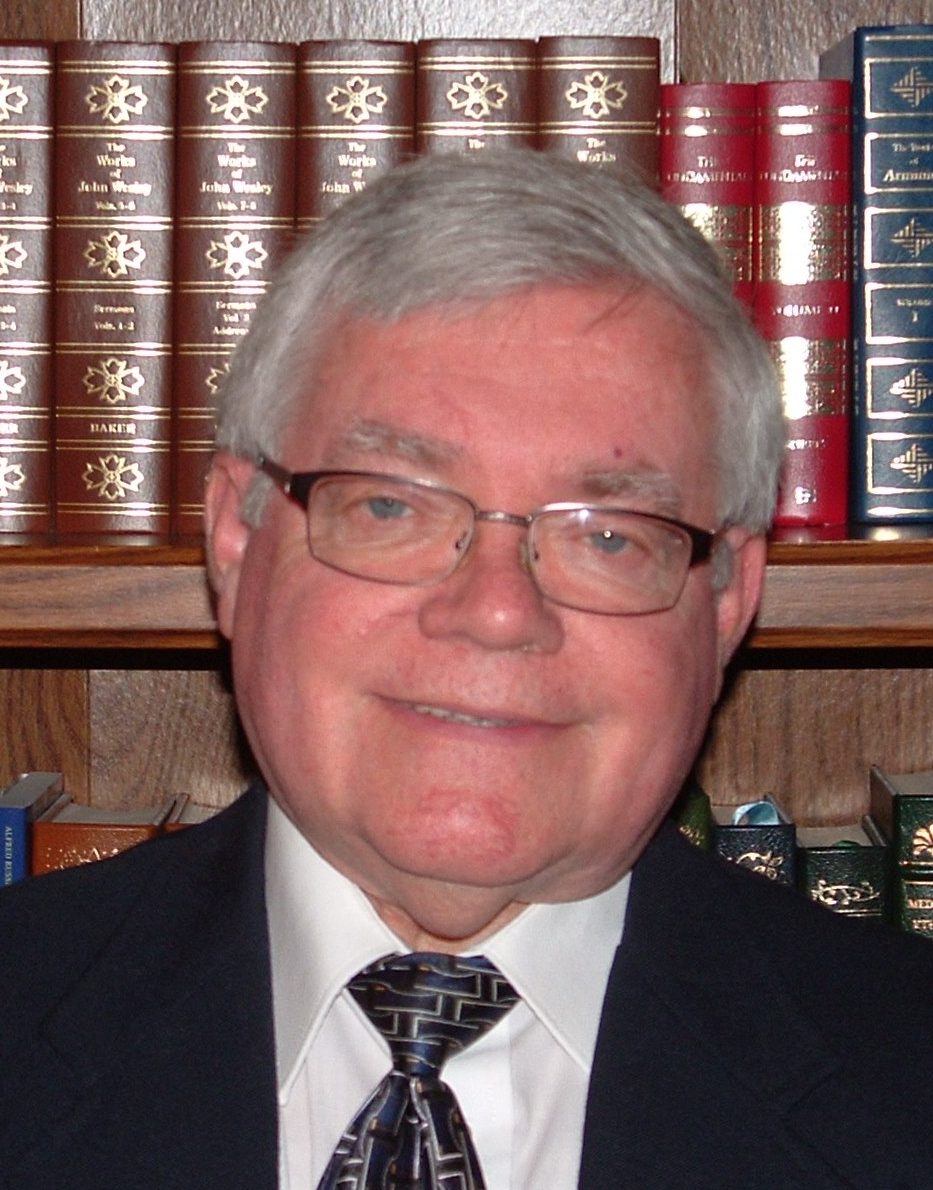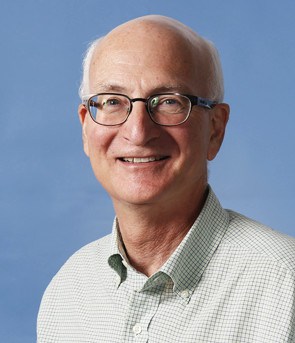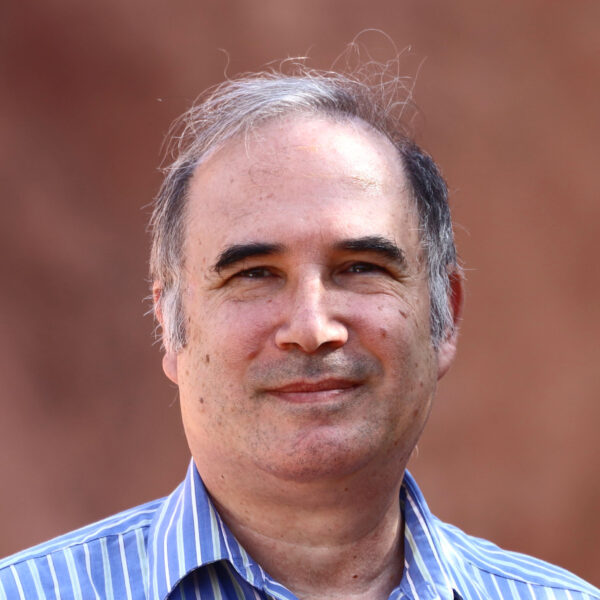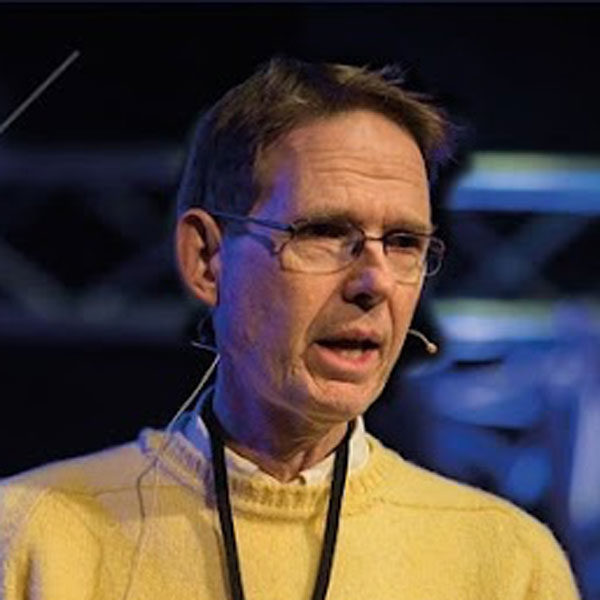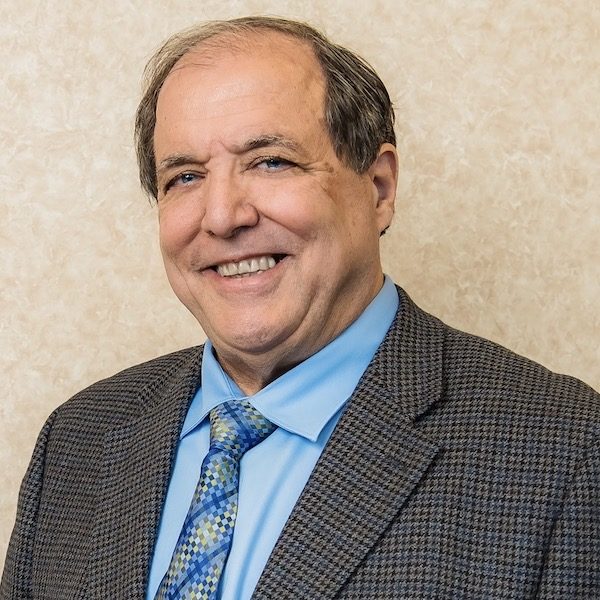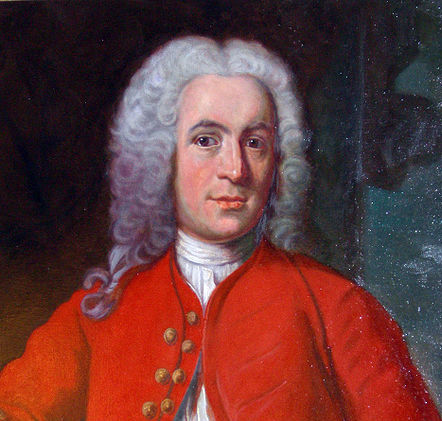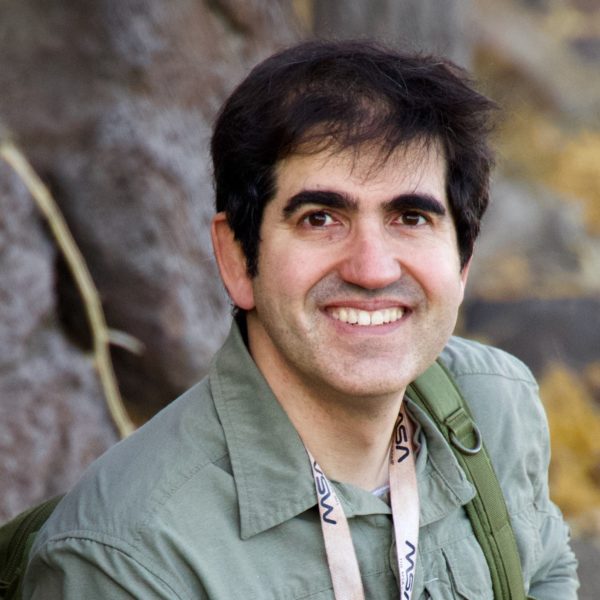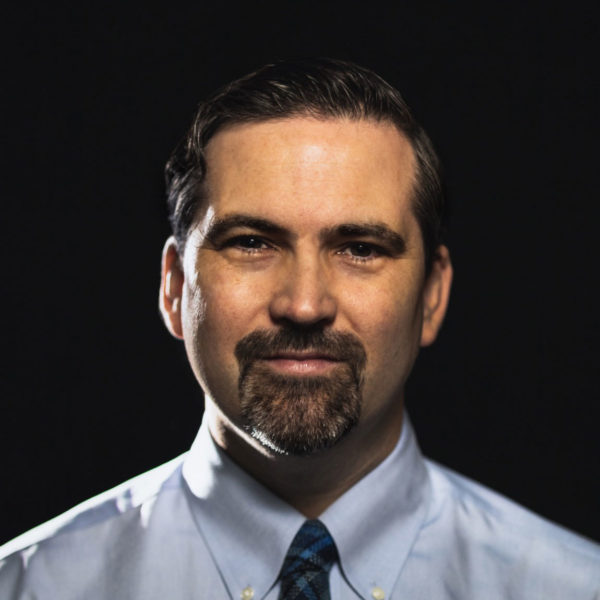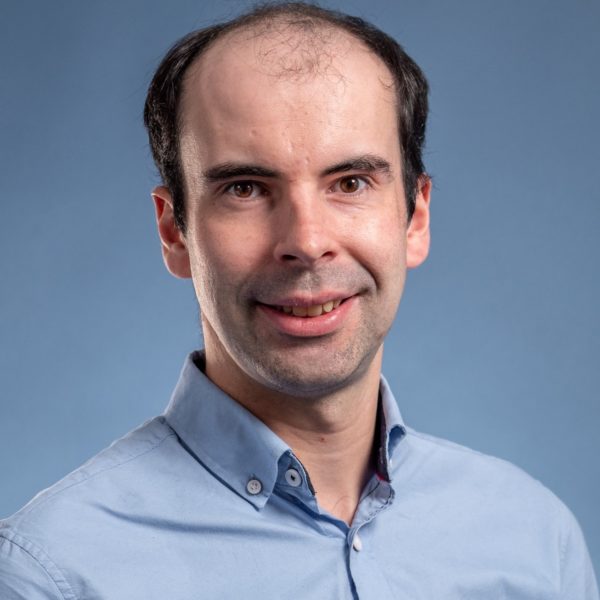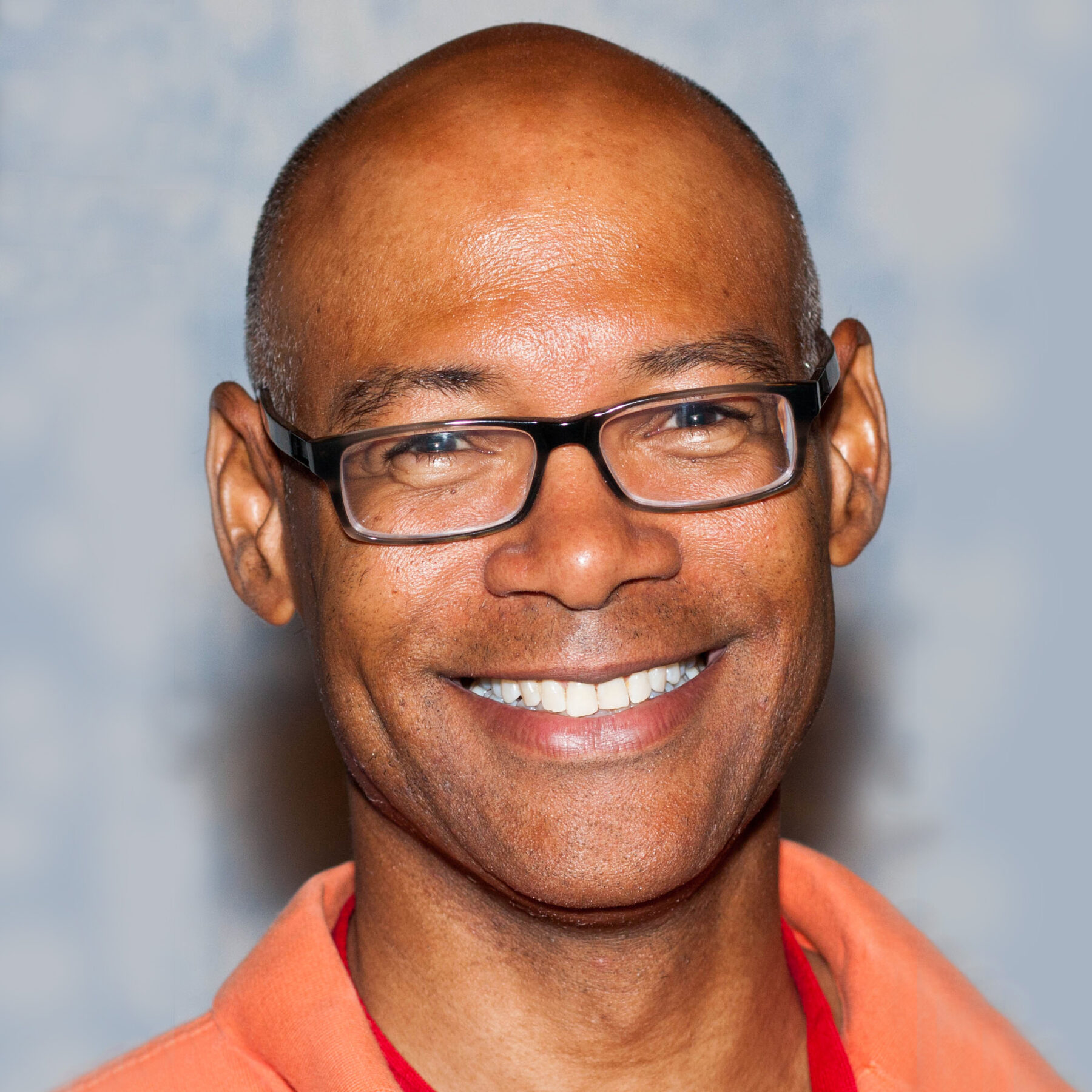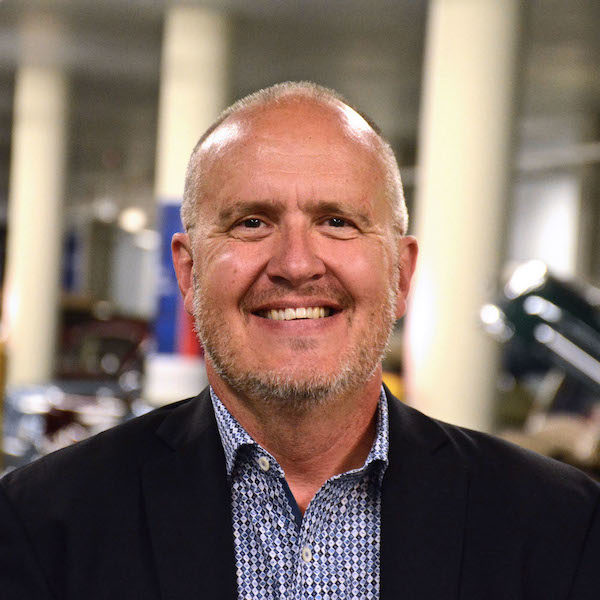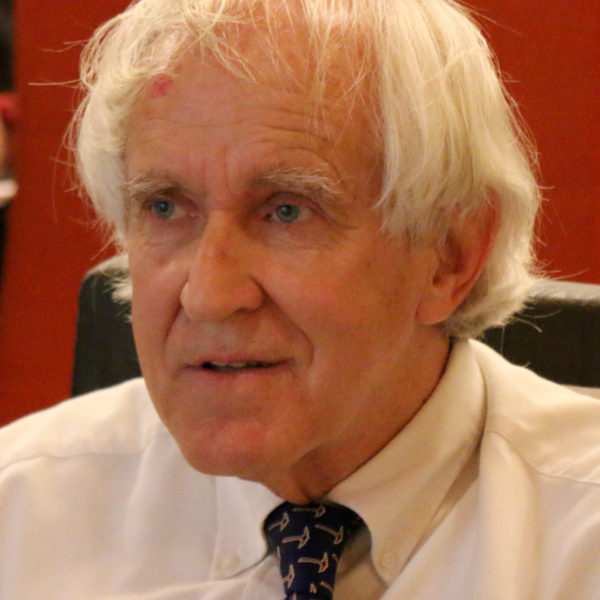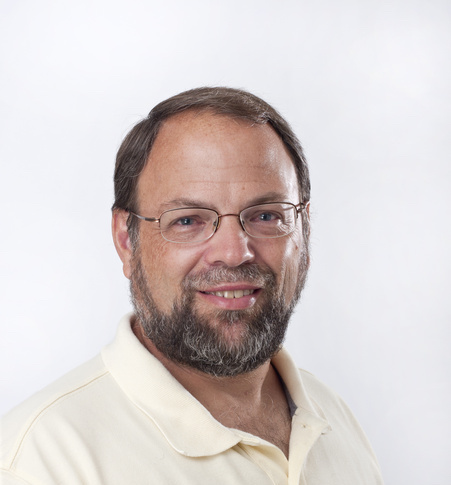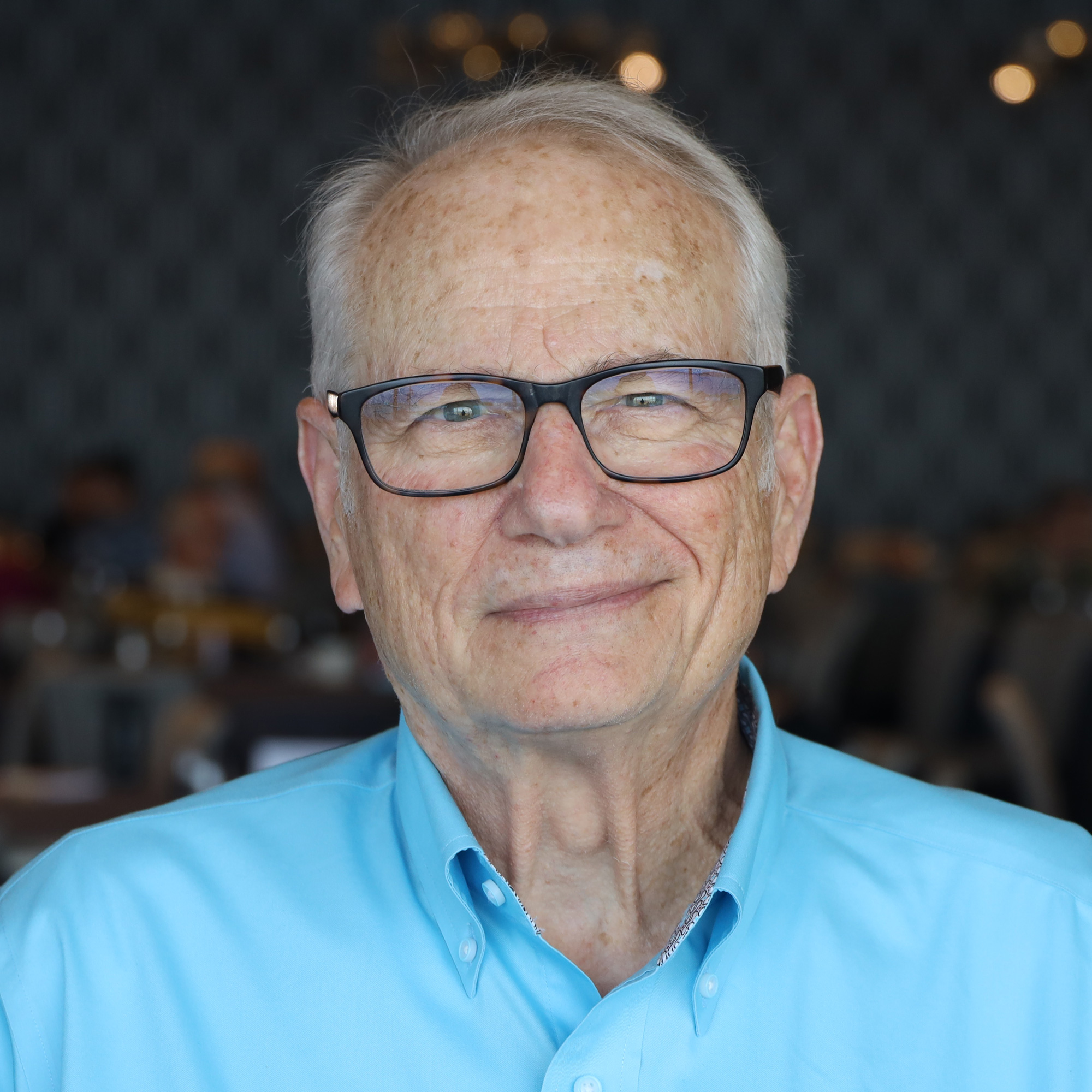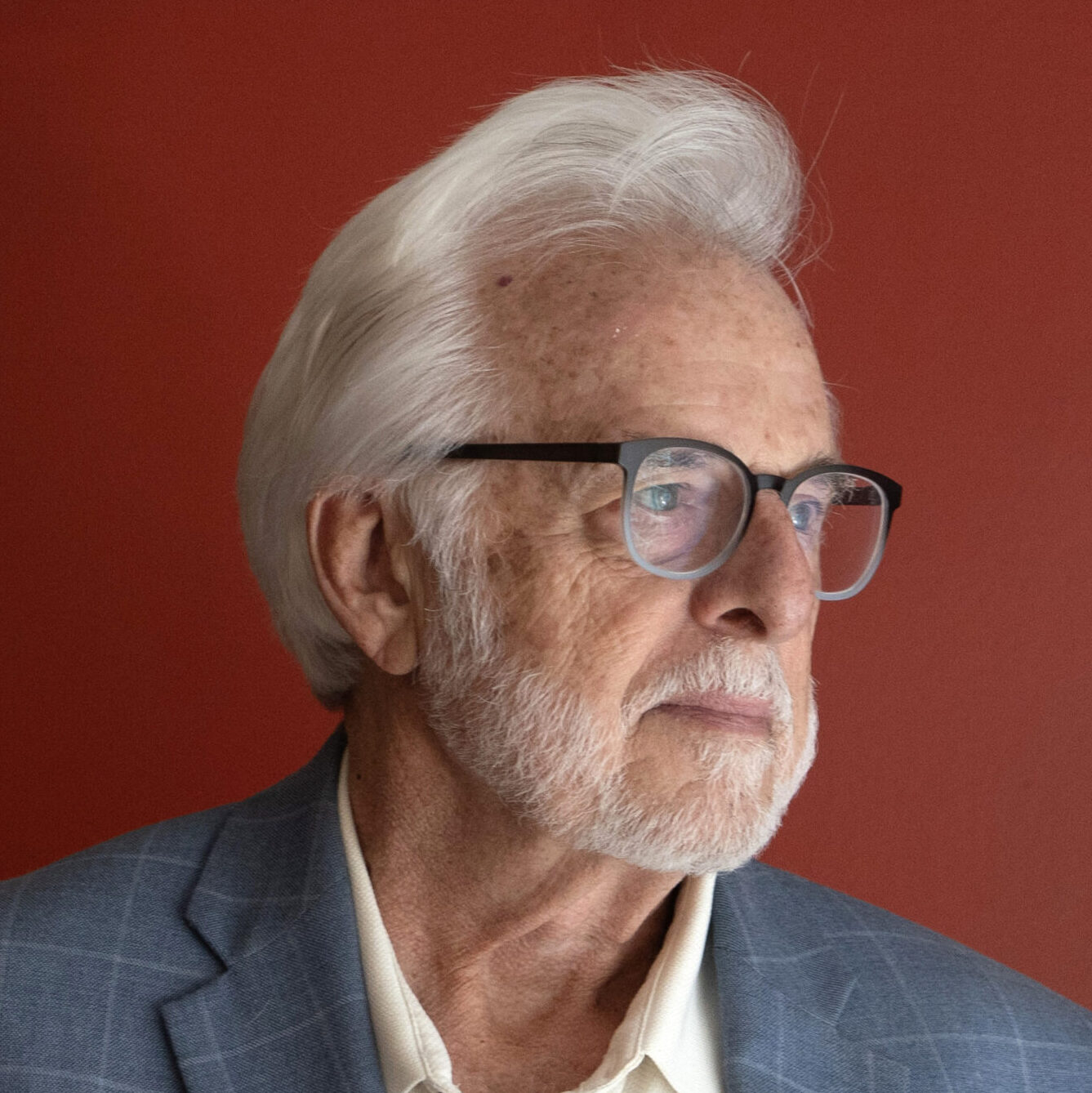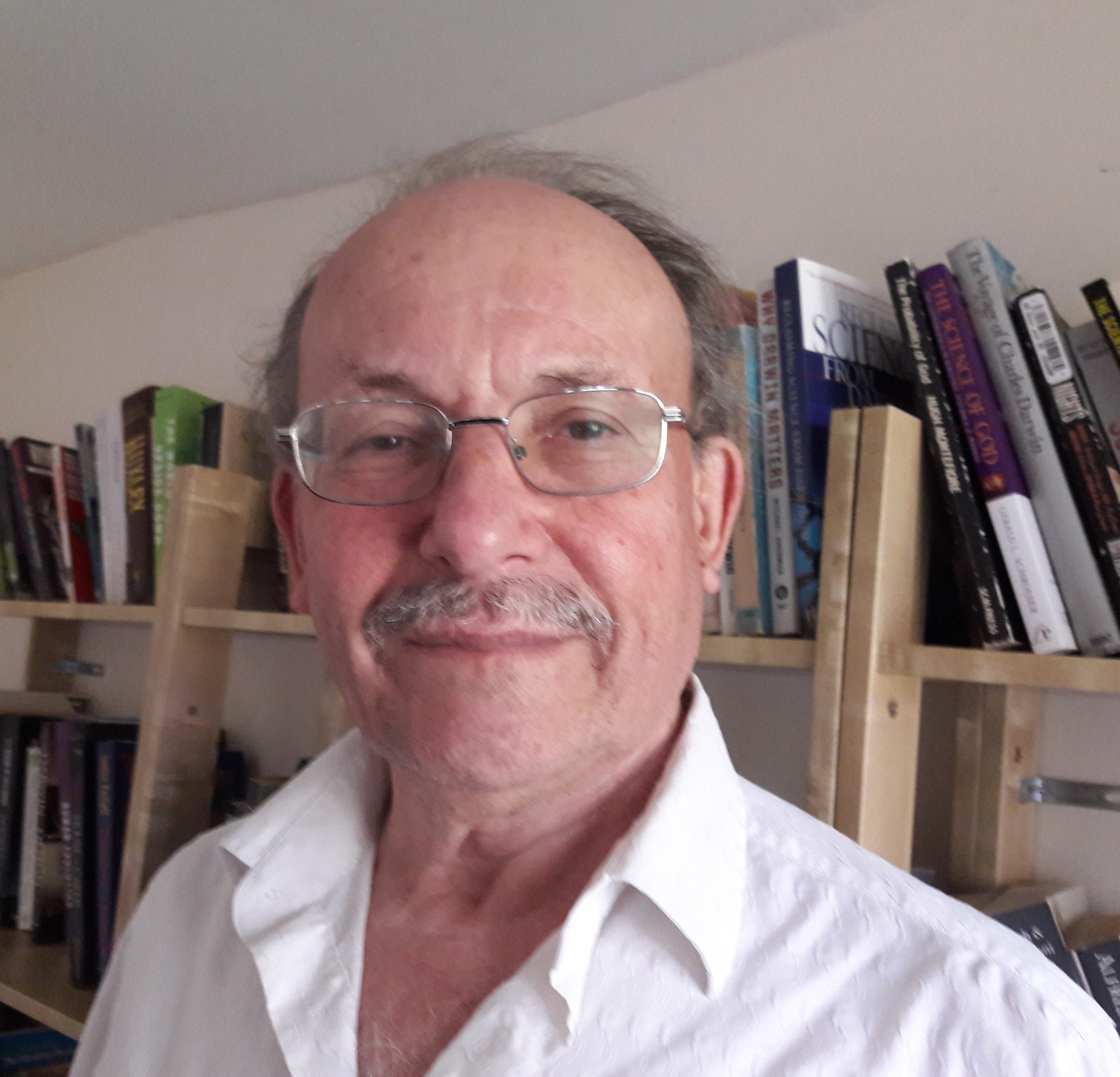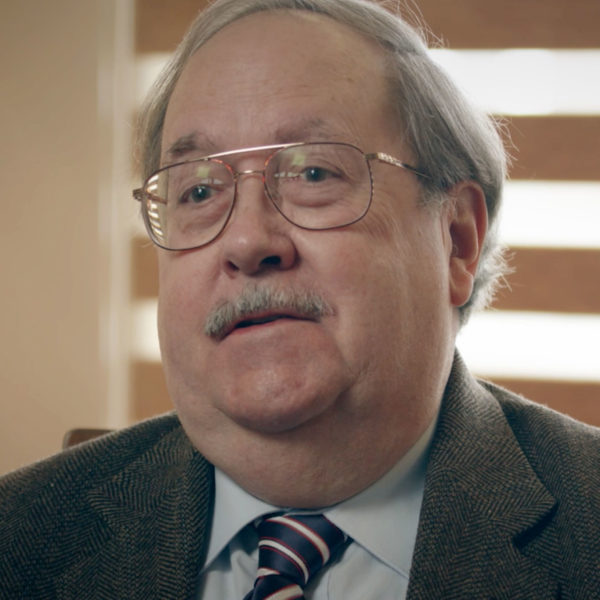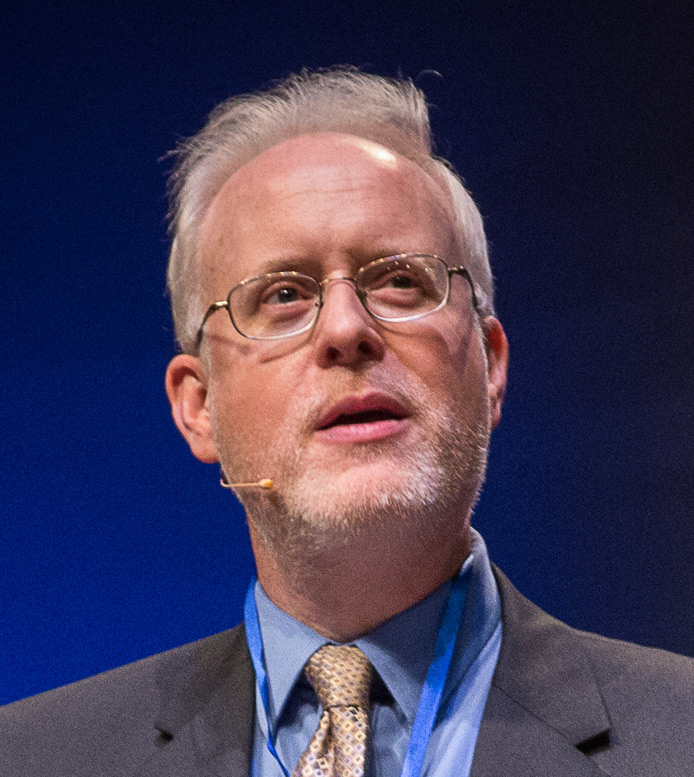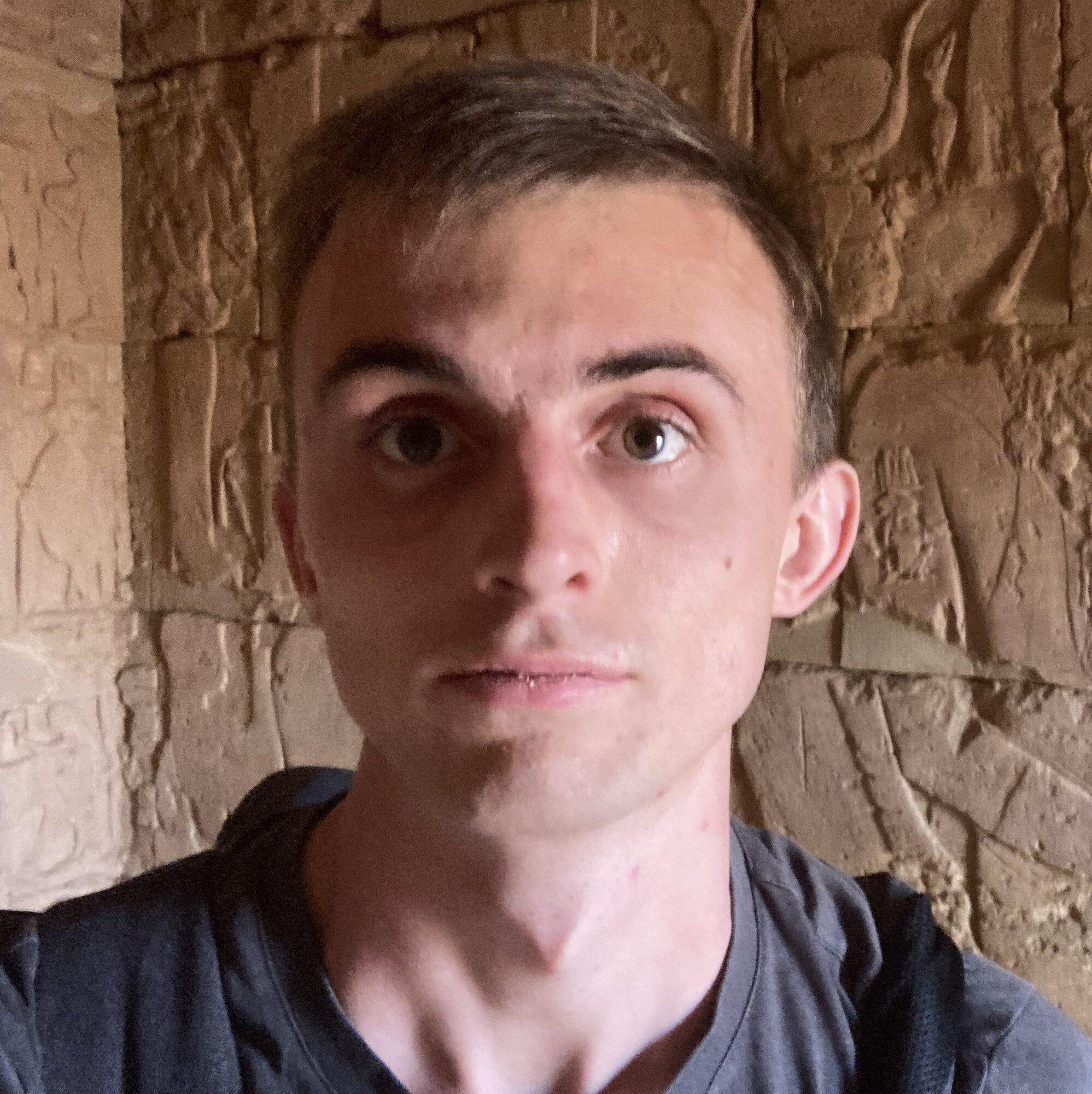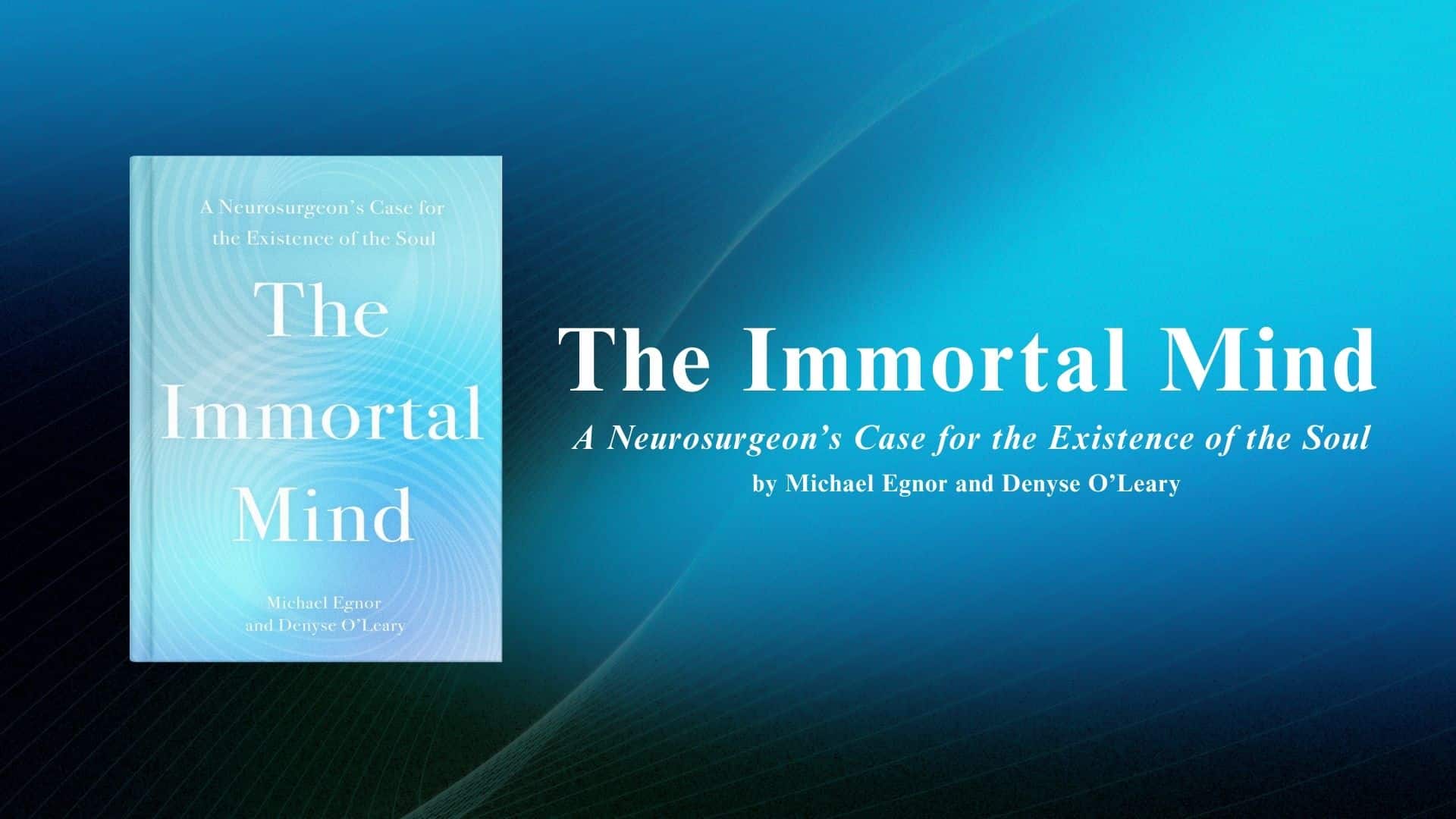Editor’s note: The new book The Immortal Mind, by Dr. Michael Egnor and Denyse O’Leary, is out today. In the late 1980s, early in his neurosurgical career, Dr. Egnor had to split the brain of a young adult patient, Sam, in half (corpus callosotomy). This is a last resort treatment for intractable epilepsy — Sam was having hundreds of seizures per day and splitting his brain would reduce their frequency and severity. But what would it do to him as a person? Would he end up with two different centers of consciousness?
For centuries, we have believed that the brain is the organ of the mind and that consciousness arises wholly from the brain. With the brain cut in half, how would one hemisphere of the brain know what was going on in the other hemisphere? How could a person really act as a unified individual with the two halves of the brain disconnected?
Well, I would soon get a chance to find out.
I was quite apprehensive, but the six-hour operation went smoothly. We opened a window of bone in Sam’s skull, sliced through the membrane that covers the brain, and gently pulled the hemispheres apart, taking great care not to injure the numerous delicate arteries and veins coursing between them or the critical areas on the surface of the brain itself.
Using an operating microscope to get a brilliantly illuminated and magnified view of the deepest recesses of Sam’s brain, we gently and methodically cut all of the connections of his corpus callosum from the front to the back, confirming with the microscope that his brain hemispheres had been fully disconnected. Six hours later, we replaced the bone on his skull, sutured up his scalp, and brought him to the recovery room. His vital signs were good.
But Was It Still Sam?
When I went to see Sam in the intensive care unit the next morning, two small drains channeled bits of bloody fluid from under his scalp, which was bandaged in white gauze. He was drowsy, both from the surgery and from his pain medications.
“How are you feeling?” I asked cautiously.
“Kinda sore.”
I told him the good news. We had succeeded in cutting the bundle in half.
As we spoke, I glanced at the EEG machine. Still better news: Sam’s brain waves were showing no sign of the seizures that had plagued him daily for most of his life.
Over the next few days, I spoke with him each morning.
“Do you feel like . . . yourself?”
He seemed perplexed by my question.
“Yes, I do. I feel fine.”
Despite his severed brain, he moved his arms and legs normally, his vision was normal, and so was his speech. In fact, the only thing different about Sam — aside from the bandage swathing his head — was that he was no longer having major seizures. And he certainly seemed like a single, unified person … He knew that surgery had permanently split his brain into two separate brains, but the only effect he actually noticed was that his seizures were gone…
Since I operated on Sam, I’ve cared for a number of patients who had split-brain surgery. Like other neurosurgeons, I found no evidence, either from ordinary clinical examination or events in their lives, that indicates their minds were split, even though their brains were.
* * *
I am hardly the only specialist interested in the mental effects of split-brain surgery. This surgery led to truly remarkable neuroscience research in the 20th century. Here’s the most radical thing it tells us: Even when the brain is split in half, many important aspects of the mind remain unified. Thus, the mind is something that the brain isn’t.

